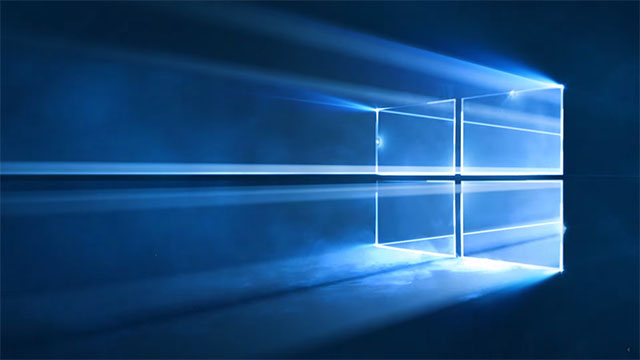Windows Snap is one of those features that we never really know we need until we use it. Getting the hang of using Windows Snap, not only adds a considerable boost to how fast we work with multiple applications, it’s also a visual treat, adding that “Minority Report” feel to the experience.

Most users are well aware of how Windows Snap works with an input device or when using a touchscreen, but few may be aware that Windows Snap can also be managed through keyboard shortcuts.
Popularly, Windows Snap works by dragging a window to one edge of the desktop. Once the window makes contact with the edge, depending on which, the application window will automatically snap, while any other open applications will become available to be managed around it.
Default behavior
Dragging an application window to either the top left, or top right corners of the screen will cause the app window to automatically “snap” against that corner, and simultaneously resize to a quarter of the size of the screen. As the application window does that, the user will be prompted to select among other open applications, and snap them against it.
The same applies if we want to snap a window to the left or the right of the screen, but having the window take up the entire height of the desktop. In such situation, dragging a window the middle of the right, or left, edge of the desktop, will cause it to snap, and prompt a second open application to snap alongside it, covering the other half of the desktop.
Shortcut keys
As previously mentioned, all of the above can be accomplished by using keyboard shortcuts. Windows Snap uses a combination of Windows key and the arrow keys, to manage one active window at a time.
With the application selected, and while holding down the Windows key, the arrow keys can toggle between different positions and states of a selected application:
Up Arrow Key:
Causes a minimized window to be restored, and a restored, or snapped window to fill the entire screen.
On an application snapped to the left or the right side of the screen, this will cause that window to snap to the top quarter of the screen.
Down Arrow Key:
Causes a maximized window to be resized, and a resized window the minimize to the task bar.
On an application snapped to the left or the right side of the screen, this will cause that window to snap to the bottom quarter of the screen.
Left Arrow Key:
Causes a maximized window to snap to the left, a right snapped window to snap to the left side, and a left snapped window to resize to the center of the screen.
Right Arrow Key:
Causes a maximized window to snap to the right, a left snapped window to snap to the right side, and a right snapped window to resize to the center of the screen.
Trackpad Gestures:
Some trackpads allow to use Windows Snap with multi-touch trackpad gestures. The behavior can be a little tricky to work out, and results may depend on hardware and software proprietary of certain laptops or products.
On most trackpads, four-finger swipes to the left or right will cause a window to snap in the direction of the swipe. A four-fingers upward swipe will cause a minimized window to be restored and a restored window to maximize. In the case of a window that is already snapped to the left or right, a four-finger swipe upwards will cause that window to resize to a quarter of the desktop.